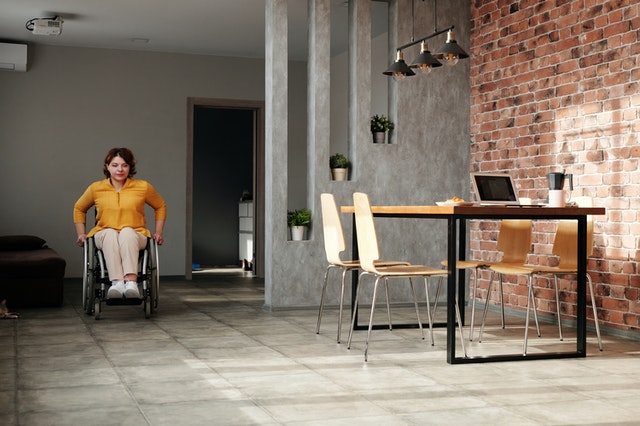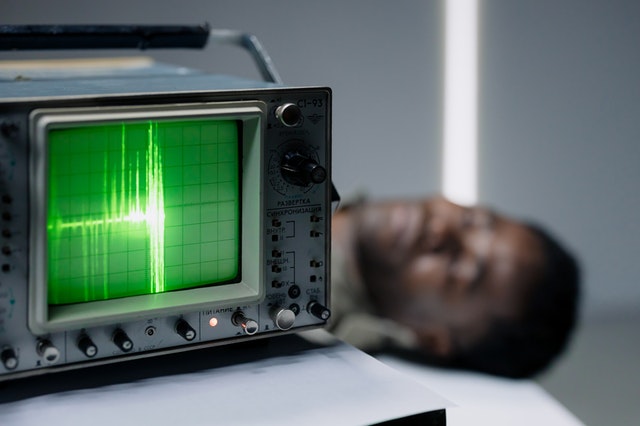One of the most difficult tasks to learn is transferring from a bed to a wheelchair. It’s also one of those skills that may make CNAs nervous all around the world. The major reason for this is that there are so many steps to memorize, and in real-life employment, each patient will have different positional requirements.
We’ll look at the seven skills involved in positioning, transferring, and moving patients in this blog.
Basic procedures
Before you begin
You should verbalize or do the Opening Procedure when assessed on each of the competencies mentioned below.
- you should wash your hands
- putting on gloves
- greeting the patient by their first name
- introduce yourself with your full name
- explaining what you’re going to do and why you’re going to do it
- If privacy is required, the privacy curtain can be drawn.
When you’re finished
You should also finish each skill performance by verbalizing or completing the Closing procedure, which includes:
- Examining the alignment of the patient’s body
- Ensuring that the bed is at its lowest setting
- Ensuring that the bed rails are raised
- Ensure that the call bell is within reach if necessary
- Taking off gloves
- Performing good hand hygiene
>>> Read more: CNA Skills: Personal Perineal Hygiene and PPE
The skills of transferring from bed to wheelchair

Position in fowler’s position
When a patient has trouble breathing, Fowler’s Position is commonly utilized because it helps the abdominal muscles to relax and the chest to expand. Raise the head of the bed between 30 degrees (low Fowler’s or semi Fowler’s) and 90 degrees (high Fowler’s) for Fowler’s Position. When the patient has significant trouble breathing, high Fowler’s is preferable, but in most situations, you should ask the patient what they want.
Position in lateral position
Doing the CNA transfer task, placing a patient on their side may be done to assist with another activity such as bed-making or dressing changes, or it may be done regularly for immobile patients to avoid bedsores, this is called Lateral position. When performing this task, you should be sure to:
- Make sure you’re using good body mechanics by raising the bed to the proper height (so you’re not leaning over too much) and bending your knees while keeping your feet apart
- Throughout the placement, ensure the patient’s face is not obscured by the pillow
- Begin by flattening the bed and moving the patient to the opposite side of the bed. (Because you’ll be rotating them, make sure they’re in the middle of the bed.) If you’re placing the patient on their left side, for example, you’ll move them to the right side of the bed.
- Move the patient’s head, hips, and legs in three steps, using the sheet beneath them as a support
- Residents should cross their arms over their chests and cross or bend the leg nearest to you
- Make sure the bed rail is up on the side of the bed where you’ll be turning them, then log roll the patient using the sheet or your hands on their shoulders and hips
- Use pillows beneath the back, head, and between the legs to provide support, and make sure the patient is not laying on their bottom arm.
- Raise the side rail and make sure the patient is in the proper position.
Transfer from bed to chair using a gait belt.
Some patients will require assistance to transfer from bed to chair, which will necessitate the usage of a gait belt.
- Begin by positioning the wheelchair next to the bed, making sure the foot pedals are clear, and locking both the bed and wheelchair wheels
- Lower the bed, raise the head of the bed to assist the patient in sitting up, lower the side rail, and assist the patient in hanging their feet off the bed’s side. Check to see if the patient is dizzy or light-headed
- Tighten the gait belt around the patient’s waist with two fingers between the patient and the belt, and make sure the patient is wearing anti-skid footwear. Reposition the patient on the bed if the gait belt becomes slack.
- Ask the patient to put their feet on the floor, grab the gait belt on both sides of the waist, place your knee in between the patient’s knees, and ask the patient to stand on the count of three by placing their hands on the mattress and pushing up while you lift with the gait belt
- Take small steps with the patient until he or she is in front of the wheelchair.
- Help lower the patient in the chair and remove the gait belt without scratching them
- Adjust the foot pedals to make the patient more comfortable, and if necessary, provide a blanket
Help the patient with walking using a gait belt
You may also be requested to assist the patient with ambulation using a gait belt.
- To assist the patient in getting out of bed and into a standing posture, use the same steps
- Maintain upward tension on the gait belt while the patient walks, staying close behind and to the side of the patient (using one hand is okay)
- Encourage the patient to walk by putting his or her heel down first on the floor, avoiding any sliding or shuffling. Continue by asking if the patient is dizzy or in pain
- Return the patient to a chair or bed after walking the required distance or what the patient can tolerate
- Remove the gait belt, making sure there is no friction between the patient and the belt.
Make an occupied bed
It may be necessary to make the patient’s bed while they are still in it at times. When performing bed positioning CNA, you need to follow these steps below:
- Place the clean sheets on a clean chair or other clean surface to begin
- Help the patient onto one side by following the steps for lateral positioning, making sure the patient is covered while you make the bed
- Roll the dirty linens in toward the patient after loosening them. If the sheets appear to be filthy, you should remove your gloves and wash your hands after touching them
- Place the other clean sheets on the unmade side of the bed, fasten the sheets on half of the bed, and roll the other half of the clean sheets underneath the dirty linens roll
- Transfer the patient to the other side, then remove the soiled linens, and dispose of them in the appropriate receptacle while changing gloves and washing hands as needed
- Unroll the clean linens and fasten them beneath the patient, making sure there are no wrinkles
- Place the patient in the middle of the bed, properly positioned
- Cover the patient with a clean top sheet and a blanket, mitering the corners at the foot of the bed
Passive range of motion—Upper body
Shoulders, elbows, wrists, and fingers will all benefit from the upper body range of motion.
- Safely and gently exercise the joints naturally, without pushing or overstretching, with the bed at the right height and the bed rail nearest to you lowered
- Use the proper flexion, extension, abduction, adduction, and rotation patterns for each joint. Continue to ask whether the patient is in any discomfort.
Passive range of motion—Lower body
You will assist the patient in mobilizing the hips, knees, ankles, and toes for lower body passive range of motion. Repeat the technique for the lower body, ensuring that the patient is comfortable and not in discomfort.
These skills address the basics of safe patient mobility transferring from bed to wheelchair, which is an essential part of patient care. During your therapy, your patients will not always remain in the same area or posture, repositioning patients every 2 hours is necessary. Therefore transferring them securely is a top responsibility.
Visit our websites to get more information about CNA Test and free CNA practice exam or download it for your IOS or Android device.

Top Registered Nurse Interview Tips
Remember some important registered nurse interview tips in our post is an excellent way to ensure that you are well-prepared for the interview.
January 1, 2022

Everything That You Should Know About The CNA Online Test
Lots of students have wondered about the CNA online test as well as what should be remembered when taking it. Let’s get started!
January 1, 2022

All You Need To Know About Checking The Apical Pulse
What is the apical pulse which is the method to check it? Here we will help you with the following beneficial information. Let’s get started!
January 1, 2022

